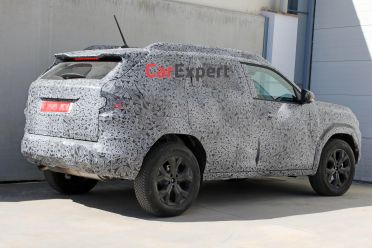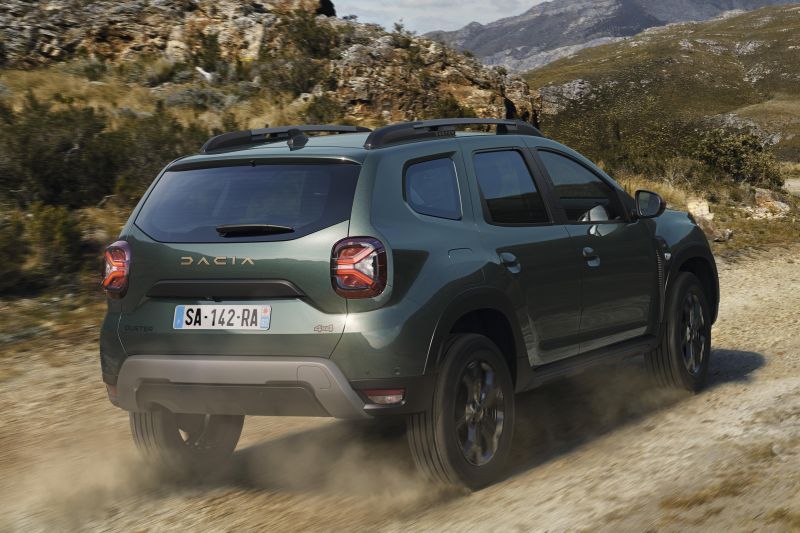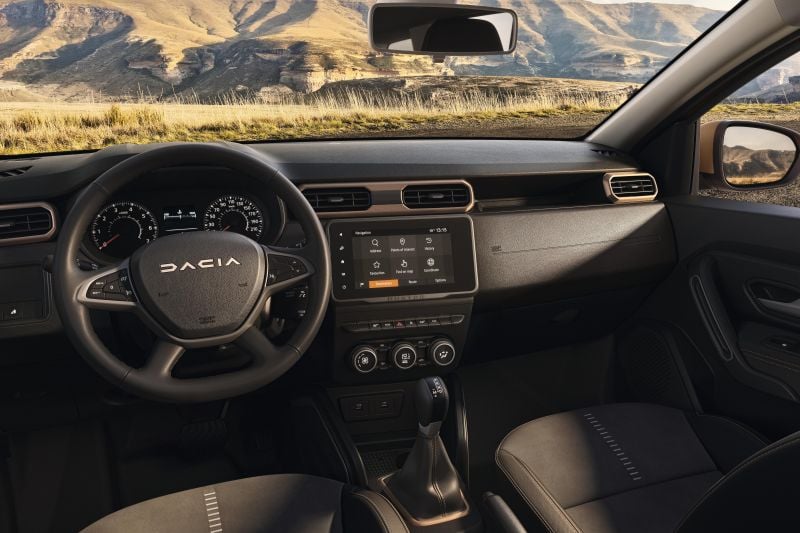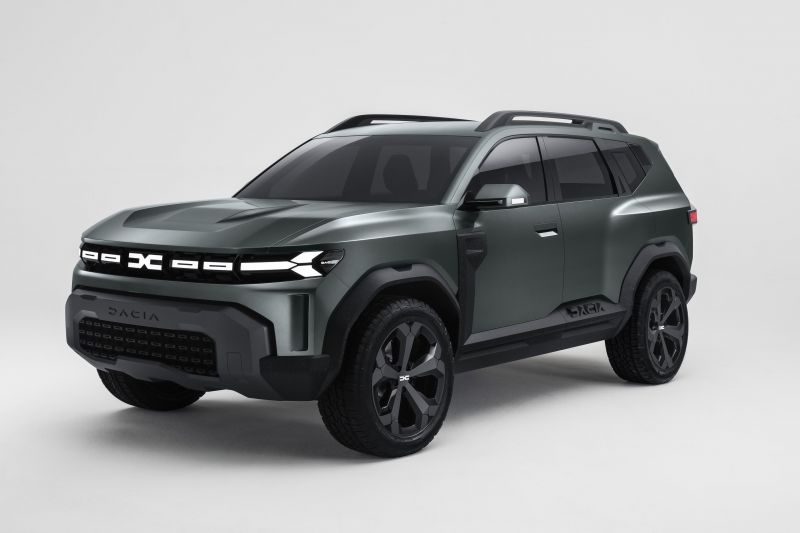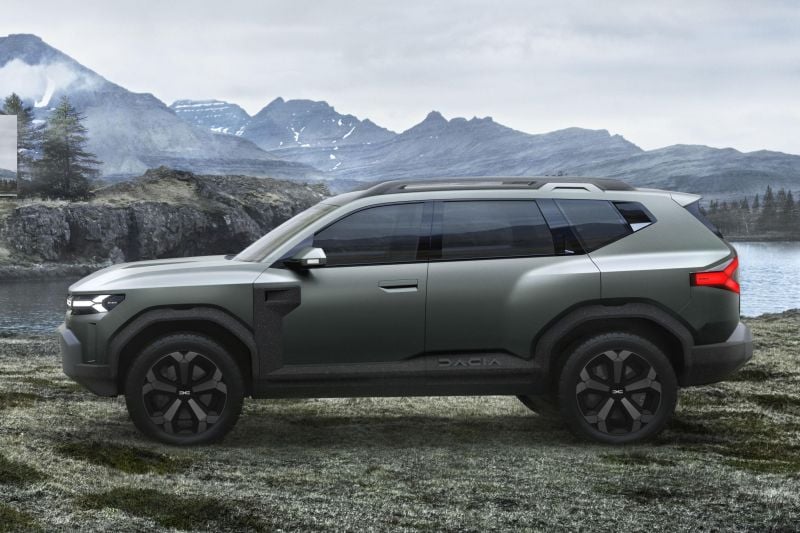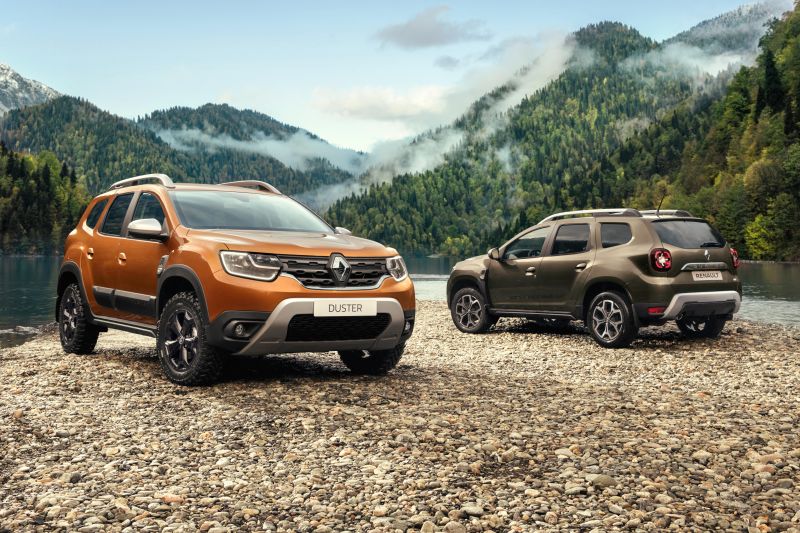An all-new Duster will bring the Dacia brand to Australia in 2025.
But it won’t be called a Dacia here.
Instead, the compact SUV from Romania will be badged as a Renault and is intended to bring a new value level to the Group Renault lineup down under.
“We have our hand up for the next-generation Duster, under the Renault brand,” the general manager of Renault Australia, Glen Sealey, confirmed to CarExpert.
“Our planning is for the middle of 2025. But nothing is locked in until it’s on the boat.
“We wouldn’t get the current car. So we have to wait for the next generation. That’s why it’s 2025.
“And there could be delays in that.”
The introduction of Dacia has been in the works since Ateco, Australia’s largest and most successful independent importer, took on the Renault business when the company closed its factory shop here.
The timing has always been complicated, because the plan was only to start the Dacia deal once there were new-generation products to spearhead the attack.
Other complications include the pricing of Dacia models and the likelihood that cars will not qualify for a five-star ANCAP rating in Australia.
“Dacia is not a five-star vehicle in Europe, but it is selling particularly well into the private market,” said Mr Sealey.
“It’s a really interesting thing, how ANCAP is evolving. The most important thing is that it has to have integrity in a crash.”
Mr Sealey highlights the high cost of adding the latest essentials for a five-star score, including electronic driver aids and high-tech cameras and radar systems.
“Of course they add cost and complexity. It will be interesting to see how the market responds,” he said.
He will not discuss the potential ANCAP score for the Duster, or any other models on the Dacia radar.
Mr Sealey is also reluctant to get into specifics of pricing, although he has a clear path for the Duster and the models to follow.
“There is too much water to flow under the bridge. There is nothing like it in the UK,” he said.
“Everyone sees Dacia as a good value car in the UK. And it’s positioned as a value offering.
“But the reality is, for us, if I compare to some Chinese brands . . . there is a 15 per cent duty differential before you start.
“So the notion that Dacia is going to be this very low-priced European sourced vehicle, it just doesn’t exist.”
He said comparing the UK price against a potential showroom sticker in Australia can also be misleading.
“If a car is 20,000 Pounds in the UK, that means the car – excluding taxes and freight – would be $33,833 at today’s rates. So that is the yardstick,” he said.
Competing with Chinese imports in the same class for compact SUVs would be tough.
Even so, Mr Sealey believes there is a place for Dacia models in Australia.
“Duster, as a product, we see potential for it. It has good design, drives well, is relatively practical, and has good off-road ability,” he said.
“We see it as working really well with the Australian lifestyle.”
Following the Duster, it’s also likely the larger Bigster SUV – set to launch in the UK in 2025 – will join the Australian lineup.
“We’ve got our hand up for certain products in the Dacia range. Duster is one of those, and so too is Bigster,” said Mr Sealey.
But what about the decision to sell Dacia models as Renaults?
“Our role as importer is to pick the products that are right for Australia. And, in that case, under the Renault brand,” he said.
“If you look at right-hand drive countries, Duster is sold as a Renault in South Africa. And in India.
“So it’s not something that is new.”
MORE: 2022 Dacia Duster review

